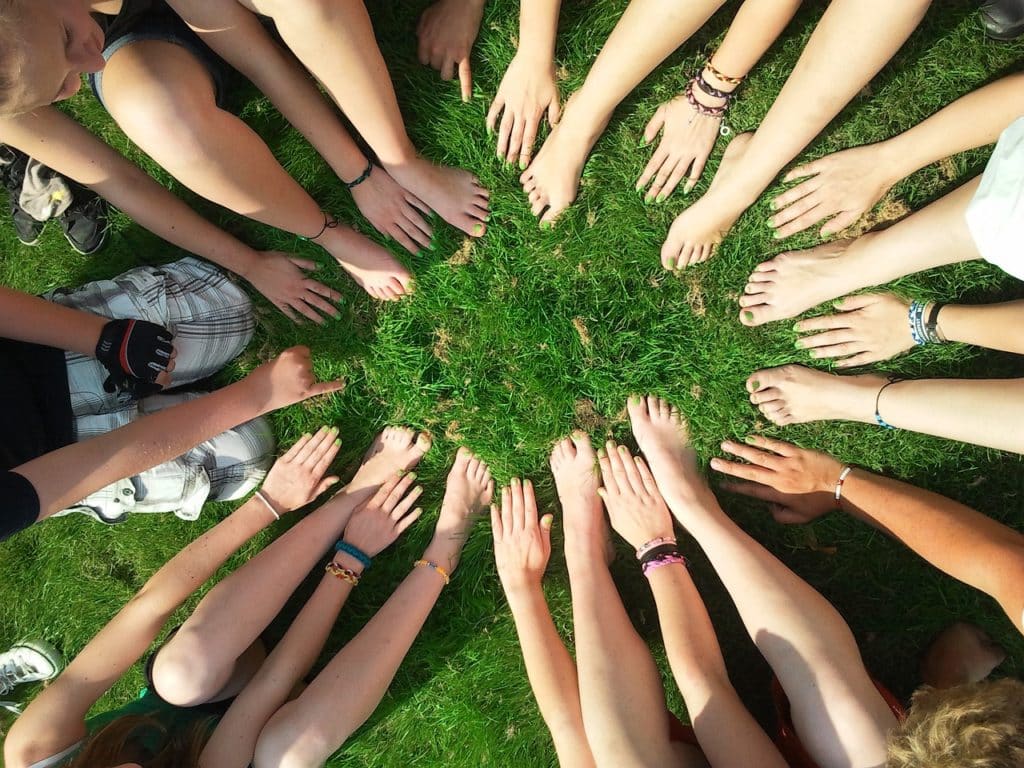Community service is an important and self-rewarding duty that all people — young and old alike — can partake in to foster a sense of camaraderie, unity, and mutual understanding. For teenagers, being involved in community service provides an array of benefits, not merely to the community but to their personal growth as well. In this article, we’ll delve into how teenagers can make a significant change in their local communities and the tremendous effects that such involvement may have.
Personal Benefits of Community Involvement for Teenagers
Teenagers stand to gain immensely from community involvement. For starters, they can develop a variety of new skills which can range from leadership and problem-solving to communication and teamwork abilities. These are fundamental skills that are beneficial in all areas of life, and getting involved in the community is a practical way for teens to improve and hone these core competencies.
Furthermore, community service can spur personal growth and development for teenagers, allowing them to build their character by practicing empathy, responsibility, and compassion towards others. This nurturing environments foster the much-needed values of respect, dignity, and equity in young adults.
College applications and resumes also tend to favor teenagers who have displayed an active interest in community service. Universities and employers often look for individuals who go above and beyond in engaging with their community, as it indicates a high level of motivation, initiative, and strong ethical values.
The Impact of Teenagers on Their Local Community
When teenagers become involved in their local communities, they serve as role models for their peers, younger children, and sometimes even adults. They help to demonstrate that age doesn’t restrict one’s ability to effect change and that everyone has a role in making the community a better place.
Teenagers are also more than capable of generating significant changes within their communities. Case studies abound of successful teenage activists, such as Greta Thunberg and Malala Yousafzai, who have attracted global attention towards significant issues and brought about transformative changes.

Steps Teenagers Can Take to Make a Change in Local Community
Teenagers hold a unique position within their communities where they can act as catalysts for change. Their journey begins with a keen observation of their surroundings, pinpointing issues that are often overlooked by adults. They can then move forward by imagining practical solutions and rallying their peers to address these concerns.
Identifying Community Challenges
A critical first step for teenagers eager to effect change is to take stock of their local community’s issues. This might include environmental challenges, social injustices, or a lack of resources for certain demographics within the community. Recognizing these issues is pivotal before any meaningful change can occur.
Envisioning Change
With problems identified, teenagers can then shift towards brainstorming potential solutions. This phase allows for creative thinking and the flow of ideas, which are instrumental in developing actionable plans for improvement.
Building a Collective Voice
The power of a group cannot be overstated when it comes to initiating community change. By forming groups or teams, teenagers can pool their resources, talents, and energies. Such collectives amplify their voices, making their calls for change more potent and difficult to ignore.
Tips for Teenagers to Contribute Positively in Their Local Community
Contribution to one’s local community can take many forms, and volunteering is a foundational aspect of this. Teenagers can look for opportunities that resonate with their values and interests, which could range from environmental efforts to social welfare activities.
Volunteer Efforts
Volunteering offers a dual benefit—it allows teenagers to contribute to their community while also giving them the satisfaction of direct involvement. Tasks like aiding at local shelters, participating in community beautification projects, or spending time with the elderly enrich both the teenagers’ lives and those they help.
Advocating for Change
Beyond volunteering, teenagers have the power to advocate for policy changes and reforms. Through advocacy, they can bring significant issues to the forefront and create dialogues that are essential for communal growth and reform.
Leading by Example
One of the most straightforward, yet profound, ways teenagers can influence their community is by practicing personal responsibility. When they lead by exemplary conduct, they set a standard for peers and even adults, highlighting the impact of individual actions on the greater community.
Ways Teenagers Can Get Involved in Local Politics and Policymaking
Entering the arena of politics and policymaking can seem daunting, but teenagers have much to contribute and gain from such involvement. This engagement can shape their understanding of civic duties and empower them to take an active role in the future of their community.
Local Youth Councils and Political Campaigns
By joining youth councils or supporting political campaigns, teenagers can get a front-row seat to the political process. These experiences can be educational and empowering, demonstrating the workings of local governance and the impact of political advocacy.
Community Meetings and Government Opportunities
Attendance at town or community meetings is another avenue for teenagers to understand the local political landscape. Furthermore, seeking internships or positions within local government can provide hands-on experience and influence in areas affecting their day-to-day lives and future.

Promoting the Involvement of Teenagers in Community Development
Encouragement from schools and family is paramount for inspiring teenagers to engage with their communities. This support can manifest in many forms, from educational programs to parental guidance.
Role of Educational Institutions
Schools can act as an essential conduit for community involvement by integrating service learning into their curriculums. This integration helps foster a culture of community service and civic responsibility among students.
Support from Family
Parents can also play a pivotal role by nurturing their children’s community spirit. This might involve discussing community issues at home, encouraging participation in local initiatives, or even volunteering as a family.
Organizing and Participating in Community Initiatives
Teenagers themselves can take the initiative by organizing community events or joining existing projects. These activities allow them to directly influence community development and acquire a sense of accomplishment and belonging. Engaging in these initiatives teaches valuable life skills and helps to build a robust and vibrant community that benefits all its members.
Conclusion
In summary, teenagers aren’t just the future; they’re the present too. They have immense potential to bring about tangible change in their communities. As they continue their involvement in community service, they shape not only their future but also that of the society they inhabit. With dedication and perseverance, the impact teenagers can have on their local community is far reaching and should never be underestimated.


















